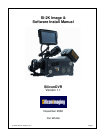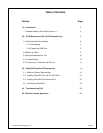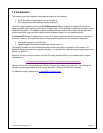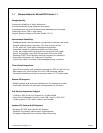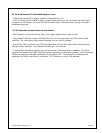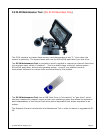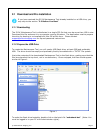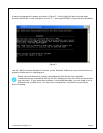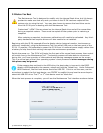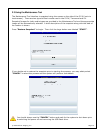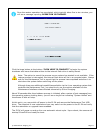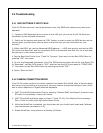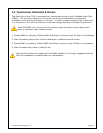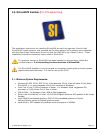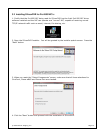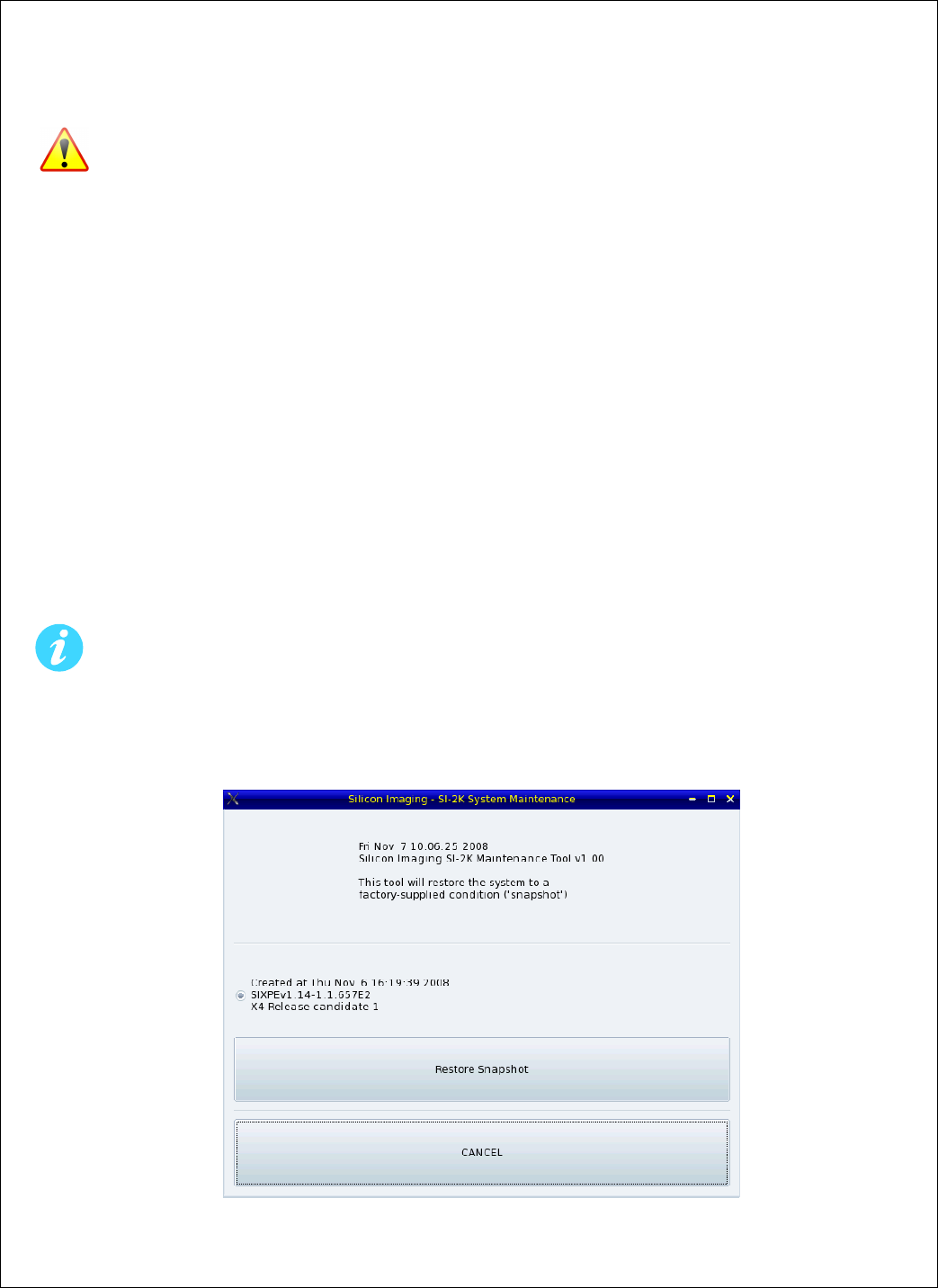
© 2008 Silicon Imaging, Inc Page 9
2.2 Before You Boot
The Maintenance Tool is designed to modify only the internal flash drive, but it’s always
prudent to make sure that any work you have on the SI-2K has been copied off the
system prior to using the tool. You may also choose to remove the hard drive carrier
from the SI-2K prior to booting with the Maintenance Tool.
Customized “.LOOK” files are stored on the internal flash drive and will be overwritten
during a snapshot restore. These must be copied off the system prior to restoring a
snapshot.
After restoring a snapshot, touchscreen calibrations will need to be refreshed. Any third-
party hardware that requires drivers will also need to be re-installed.
Beginning with the SI-2K powered off and a display device (external monitor, touchscreen or
electronic viewfinder), plug the Maintenance Tool into either USB port on the rear panel of the
SI-2K. If possible, it’s preferable to power the SI-2K from it’s external power supply rather than
a battery to help insure that nothing interrupts the maintenance processes.
Switch the power on. The SI-2K will begin the first part of its normal boot process, then control
will switch over to the Maintenance Tool. The booting process will take about a minute and
during this, you’ll see a variety of informational and warning messages appear on the screen.
This is a normal part of the Linux operating system’s boot process and error messages during
this phase may be ignored.
If the camera does not boot to the USB drive, the boot order is incorrect in the BIOS.
Attach a USB keyboard to the camera, reboot and hold the ‘Delete’ key. Under ‘Advanced
BIOS Features’, the first boot device should be USB-ZIP. If this is not the case, use the
arrow keys to select the first boot device, use ‘ENTER’ to modify this and use the arrow keys to
select the USB-ZIP drive. The 2
nd
or 3
rd
boot device must be “hard disc”.
When the boot process is complete, you will see the Maintenance Tool interface as shown below.



